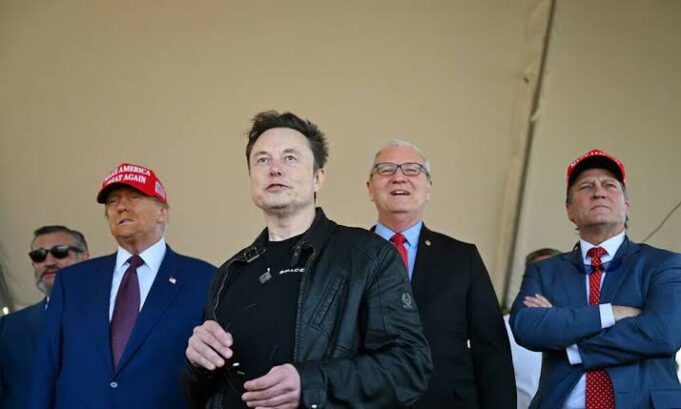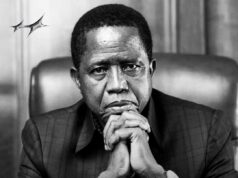SpaceX successfully launched its massive Starship rocket from Boca Chica, Texas, on Tuesday, a milestone in advancing space exploration. However, the mission faced a hiccup as the Super Heavy booster failed to land as planned.
The event drew significant attention, with US President-elect Donald Trump present, reflecting his growing ties with SpaceX CEO Elon Musk. Musk, who supported Trump’s presidential campaign, recently joined a government initiative focused on efficiency.
Standing 122 meters tall, the Starship rocket system is designed for ambitious missions, including lunar landings and eventual trips to Mars. The launch occurred at 4 PM CT (3:30 AM IST on Wednesday), with the 71-meter first-stage booster separating from the Starship spacecraft at 62 km altitude, sending the second stage into orbit.
While Starship continued its journey, the Super Heavy booster attempted a catch-landing using tower-mounted arms but missed, splashing down in the Gulf of Mexico. A live stream showed the booster exploding into a fireball upon impact.
Despite this setback, the mission achieved other objectives. Starship successfully reignited one of its engines in space for the first time, showcasing improved maneuverability. It completed an orbit around Earth before landing in the Indian Ocean.
Elon Musk remains optimistic about accelerating Starship’s development under the incoming administration. With NASA’s Artemis program aiming to return astronauts to the Moon, Musk hopes for a stronger emphasis on Mars missions.
Notably, Trump recently appointed Musk as co-leader of the Department of Government Efficiency (DOGE), a move aimed at reducing wasteful spending and easing regulations. Musk, who has previously clashed with the Federal Aviation Administration (FAA) over delays, praised the relatively quick approval of this latest launch, just over a month after Starship’s previous flight.




